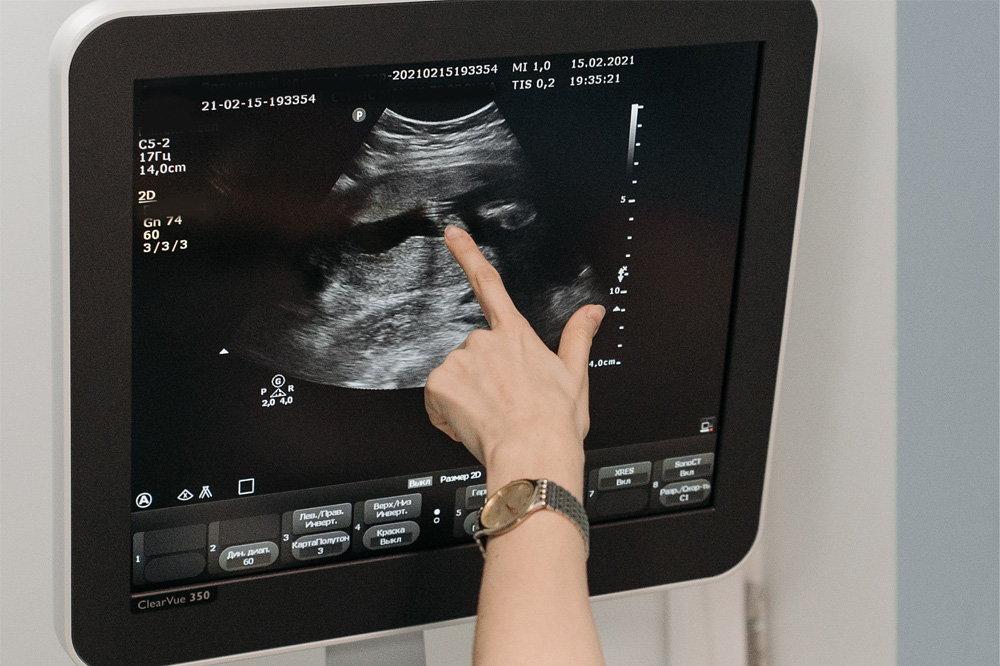
In today’s rapidly evolving healthcare landscape, telemedicine and remote monitoring have emerged as powerful tools that hold the potential to revolutionise patient care.
With advancements in healthcare technology, medical professionals can now provide efficient and effective care to patients regardless of their physical location.
In this blog, we will explore the benefits of telemedicine and remote monitoring, focusing on how these innovative solutions improve patient outcomes while reducing costs.
Understanding Telemedicine
Telemedicine, also known as telehealth, refers to the remote delivery of healthcare services using telecommunications technology.
It enables healthcare professionals to connect with patients, diagnose conditions, provide treatment recommendations, and monitor their progress, all from a distance.
This method of care delivery has gained immense popularity in recent years, especially following the huge shift caused by the COVID-19 pandemic, due to its ability to overcome geographical barriers and increase access to care for patients in rural areas or those with limited mobility.
Ultrasound imaging plays a crucial role in telemedicine by allowing healthcare providers to perform real-time diagnostic examinations remotely.

Through the use of high-quality ultrasound imaging communication software, medical professionals can transmit ultrasound scans securely and efficiently, enabling accurate diagnoses without the need for in-person visits.
The benefits of telemedicine are numerous. Firstly, it enhances convenience for patients who can consult with healthcare providers from the comfort of their homes, reducing the need for unnecessary travel and minimising waiting times.
Telemedicine improves access to specialists and medical expertise, particularly in areas where certain specialities may be scarce. Patients can receive timely consultations and expert opinions, leading to faster diagnosis and treatment plans.
Cost Savings and Efficiency
One of the significant advantages of implementing telemedicine and remote monitoring solutions is the potential for substantial cost savings and improved efficiency within healthcare systems.
1. Reduced Hospital Readmissions: Telemedicine and remote monitoring enable healthcare providers to closely monitor patients’ conditions after discharge, reducing the likelihood of readmissions. With remote access to vital signs, symptom tracking, and ongoing communication, healthcare professionals can detect early warning signs of complications and intervene promptly.
2. Avoided A&E Visits: Telemedicine provides an alternative to unnecessary emergency room visits for non-emergency cases. Through virtual consultations, healthcare professionals can evaluate patients remotely and determine the most appropriate level of care.

3. Streamlined Healthcare Workflows: Telemedicine and remote monitoring solutions can streamline healthcare workflows by eliminating the need for in-person visits for routine follow-ups and non-urgent consultations. This reduces the burden on healthcare facilities, allowing them to allocate resources more efficiently and optimise appointment scheduling.
4. Enhanced Resource Allocation: Remote monitoring enables healthcare providers to allocate resources more effectively. With the ability to remotely monitor multiple patients simultaneously, healthcare professionals can prioritise interventions based on patient needs and allocate resources accordingly.
5. Cost-Effective Care Delivery: Telemedicine and remote monitoring often result in cost-effective care delivery models. By replacing traditional in-person visits with virtual consultations, healthcare systems can save on costs associated with physical infrastructure, staffing, and ancillary services. Additionally, telemedicine enables better care coordination and collaborative decision-making among healthcare providers, reducing redundant tests and treatments.
In Conclusion
Telemedicine has revolutionised the way healthcare is delivered by providing increased access to care, convenience for patients, and timely consultations with specialists.
Through remote monitoring, healthcare professionals can track patients’ vital signs, symptoms, and progress, enabling early detection of complications and proactive interventions.
This results in improved patient outcomes, enhanced disease management, and increased patient engagement.
As well as this, telemedicine and remote monitoring bring significant cost savings and efficiency gains to healthcare systems.
By reducing hospital readmissions, avoiding unnecessary emergency room visits, streamlining workflows, optimising resource allocation, and embracing cost-effective care delivery models, healthcare organisations can achieve substantial financial benefits.
These cost savings contribute to the sustainability and effectiveness of healthcare systems, while also improving access to care for underserved populations.
As technology continues to advance and telemedicine becomes more integrated into healthcare practice, the potential for improved patient outcomes and reduced costs will only continue to grow.
HNC can play a pivotal role in developing and providing the tools necessary to enable seamless telemedicine and remote monitoring experiences, combining best-of-breed ultrasound software like ViewPoint 6 and Tricefy with our expertise in system integration, enabling data to be shared securely and safely for a streamlined care pathway.
To find out more about how HNC can help with remote monitoring, get in touch with our team of experts today.
